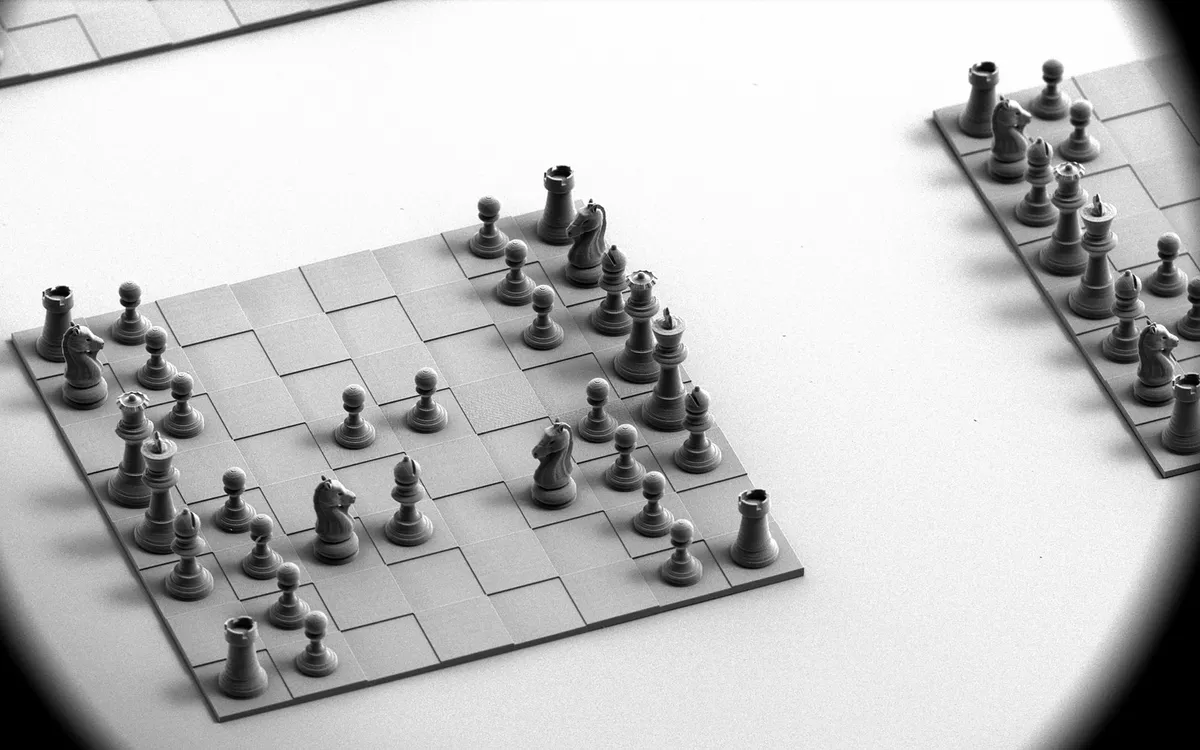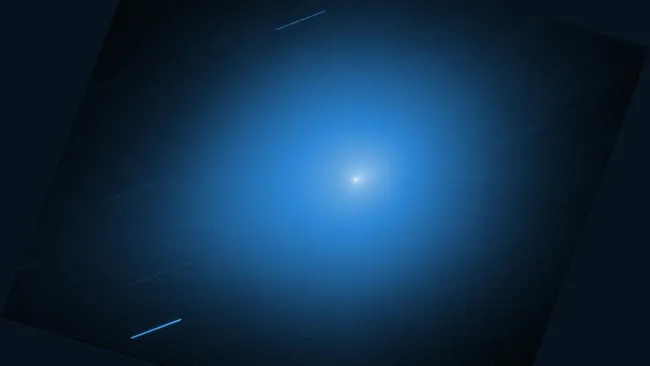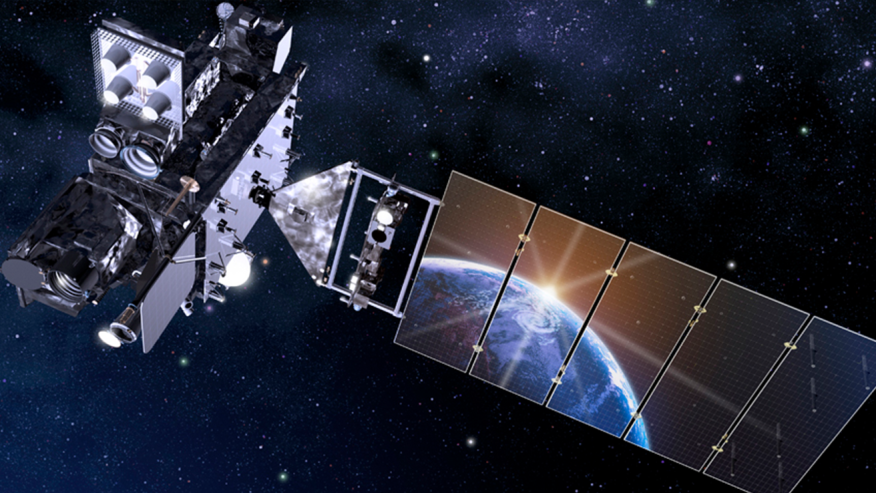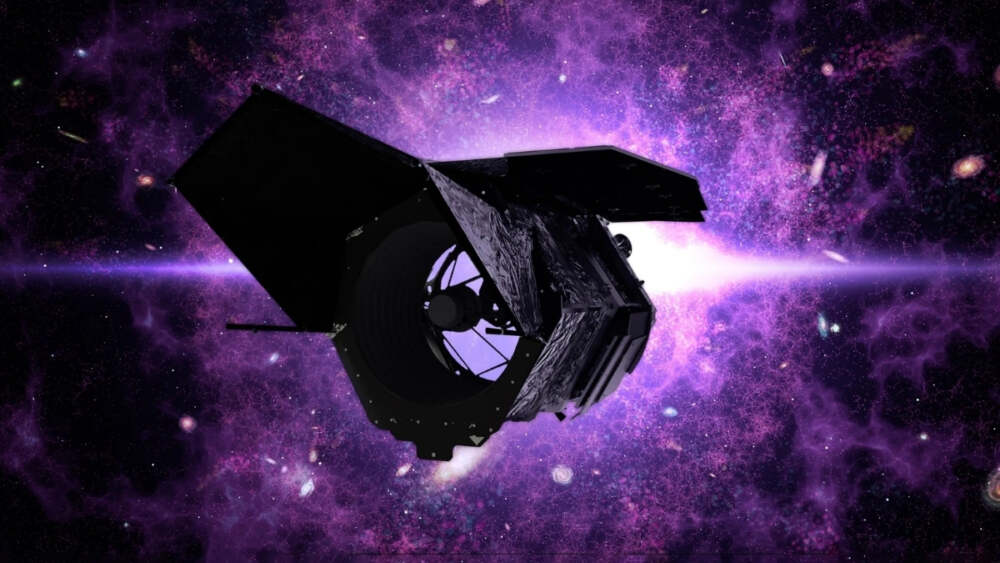City, Date — In a noteworthy theoretical advance, physicists have shown that even the most powerful quantum computers would require an unfathomable amount of time to solve a particular problem: recognizing certain phases of matter within unknown quantum states. The research suggests profound limitations for quantum computing as well as fresh insights into the nature of complexity in quantum many‑body systems.
🧠 What the Researchers Found
When classical computers encounter simple phase transitions—think of water turning into ice—the changes are relatively easy to identify. But in the quantum realm, “phases of matter” can involve subtle and far‑reaching correlations across a system of many particles. The study demonstrated that for one key class of quantum phases (those defined by large correlation ranges), the task of recognising the phase from a given quantum state grows exponentially in computational time. In other words, even a hypothetical quantum computer that far outstrips present‑day machines would be effectively unable to complete the task within realistic timescales.
🔍 Why It Matters
- Limits of quantum advantage – Quantum computing has long promised breakthroughs: factoring large numbers, solving chemistry simulations, and cracking encryption. But this result highlights that there are natural boundaries where even quantum machines must bow to complexity and time.
- Physics meets computation – The research places the act of “phase recognition” squarely in the intersection of physics and computer science. It emphasizes how the properties of quantum systems (specifically correlation lengths and entanglement structure) dictate computational difficulty.
- Research opportunities – By identifying what makes a quantum‑phase task hard, scientists can explore alternative bond‑measurement, algorithmic strategies, or approximate frames that bypass the worst‑case scenarios. The study opens new pathways for designing “easier” versions of phase detection or for understanding when quantum advantage truly kicks in.
🧩 Key Takeaways
- The problem examined is recognising a phase of matter given a quantum system’s state, without prior knowledge of how the system is correlated.
- As the correlation range in that system grows larger (i.e., as particles become more strongly interdependent across larger distances), the computational task becomes harder – not polynomially harder, but exponentially harder.
- The result holds across both pure and mixed quantum states, and applies to symmetry‑protected phases and other exotic forms of matter.
- Practically, for large real‑world quantum systems, this creates a “wall” even quantum computers may not scale beyond.
🔮 What Comes Next
- Approximate algorithms: Researchers may focus on heuristics or approximate recognisers that work for typical (not worst‑case) quantum states.
- Experimental tests: Though the result is theoretical, experimental teams might look for signatures of “hard phases” in lab‑based quantum many‑body systems, exploring where recognition becomes infeasible.
- Computing strategy shift: Quantum‑computing developers may give more weight to which quantum tasks are feasible rather than whether a quantum computer can solve everything faster.
- Physics of complexity: The boundaries uncovered here may lead to a deeper understanding of how nature encodes information in quantum systems—and how we might derive value even when full recognition is impossible.
✅ Final Thought
This study serves as a humbling reminder: quantum computing, as transformative as it may be, is not without its limits. Amid the rush to build ever‑larger quantum machines, it underscores that complexity isn’t simply a matter of speed or qubits, but deeply rooted in physics itself. For those investing in the future of computing, it signals the need to pick both problems and platforms with care—and to understand that the greatest computational leaps will come not just from size, but from insight into what kinds of tasks truly scale.















Leave a Reply